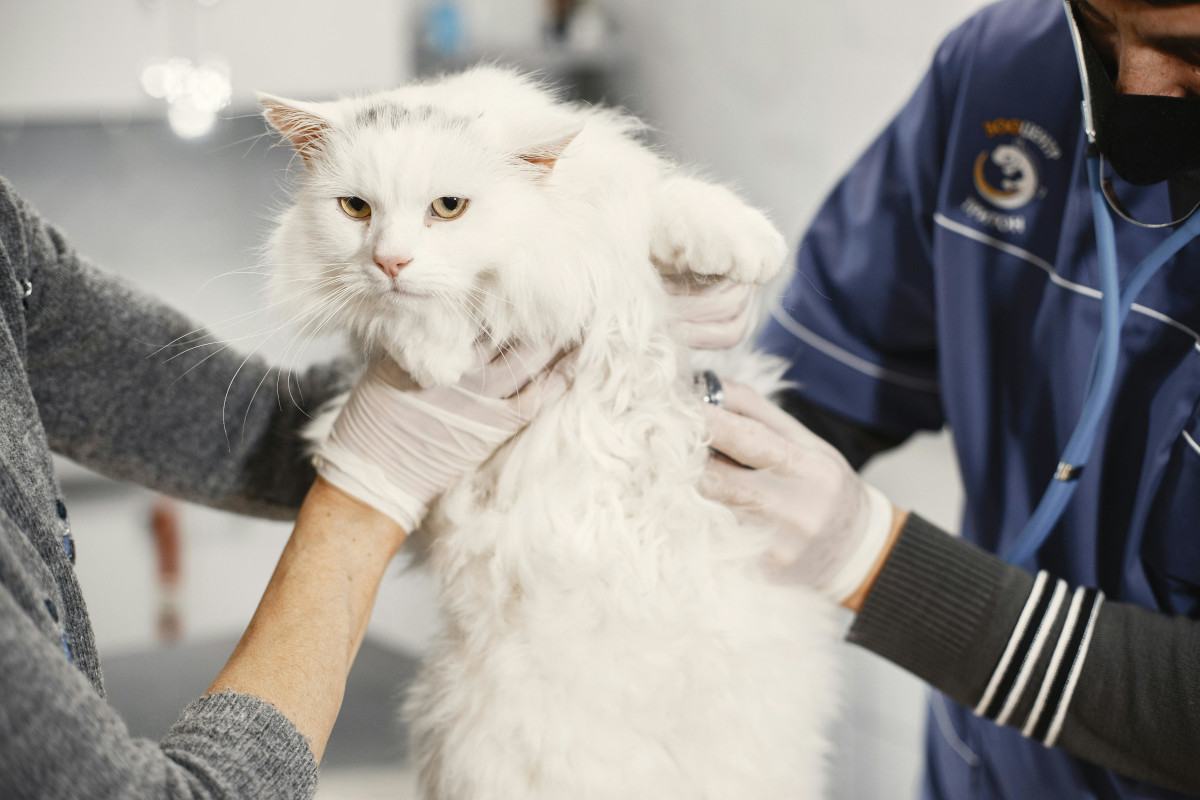
Cats are known for their agility, grace, and playful personalities, but even these furry friends can fall victim to illnesses like colds. While cats don’t get the common cold virus in the same way humans do, they can contract a similar respiratory infection called feline viral rhinotracheitis (FVR). In this article, we’ll delve into the question of whether cats can get colds, explore the similarities between feline viral rhinotracheitis and human colds, and provide tips for cat owners to help their pets feel better.
Colds are caused by a viral infection that affects the upper respiratory system, including the nose, throat, and lungs. While humans have more than 200 different viruses that can cause colds, cats are primarily affected by two viruses: feline herpesvirus (FHV) and calicivirus. These viruses can cause a range of symptoms in cats, including sneezing, congestion, runny eyes, and a loss of appetite. While colds are contagious for humans, they aren’t necessarily transferable to cats. However, cats can still catch the same respiratory infections that affect their human companions. Feline viral rhinotracheitis (FVR) is a common respiratory infection in cats, caused by the feline herpesvirus (FHV). This virus can cause similar symptoms to colds in humans, including sneezing, runny eyes, and a loss of appetite. Feline viral rhinotracheitis (FVR) is highly contagious and can be spread through direct contact with an infected cat, or by coming into contact with an infected cat’s discharge. This means that if you have a cat that has FVR, it can potentially infect other cats in the household or nearby.
Similarities Between Feline Viral Rhinotracheitis and Human Colds:
While feline viral rhinotracheitis (FVR) is a different virus than the common cold, there are some similarities between the two illnesses. Both can cause:
Sneezing and congestion
Runny eyes and nose
Loss of appetite or lethargy
Fatigue or fever
While these symptoms may not be identical, they can have a similar impact on your cat’s quality of life. If you suspect that your cat has feline viral rhinotracheitis (FVR), it’s important to consult with a veterinarian for proper diagnosis and treatment.
Tips for Cat Owners: How to Help Your Cat Feel Better
If your cat has feline viral rhinotracheitis (FVR), there are several things you can do to help them feel better:
Provide plenty of rest and relaxation: Cats with FVR may be more lethargic than usual, so make sure they have a comfortable place to rest and plenty of fresh water and food.
Offer a humidifier: FVR can cause congestion and difficulty breathing, which can be eased with the help of a humidifier. This will not only make your cat more comfortable but also help to thin out any mucus in their respiratory system.
Use saline drops or spray: Saline drops or spray can help to loosen up any mucus in your cat’s nose and eyes, making it easier for them to breathe.
Try a warm compress: Applying a warm compress to your cat’s face or nose can help to loosen up any mucus and ease their congestion.
Keep an eye on their appetite: Cats with FVR may lose their appetite, so make sure to monitor their food intake and encourage them to eat.
Watch for signs of complications: FVR can lead to complications like pneumonia or secondary bacterial infections, so keep an eye out for any signs of these conditions.
While cats don’t get the common cold virus in the same way humans do, they can contract a similar respiratory infection called feline viral rhinotracheitis (FVR). FVR can cause sneezing, congestion, runny eyes, and a loss of appetite, among other symptoms. While these illnesses may not be identical, they can have a similar impact on your cat’s quality of life. By providing plenty of rest and relaxation, offering a humidifier, using saline drops or spray, trying a warm compress, keeping an eye on their appetite, and watching for signs of complications, you can help your cat feel better. If you suspect that your cat has FVR, consult with a veterinarian for proper diagnosis and treatment.
Cats can contract a respiratory infection called feline viral rhinotracheitis (FVR), which is similar to the common cold in humans. Can cats transmit colds to other animals? While cats don’t get the common cold virus in the same way humans do, they can still spread respiratory infections to other animals. Can cats recover from colds on their own? Cats with feline viral rhinotracheitis (FVR) may recover from the illness on their own, but it’s important to monitor their symptoms and ensure they don’t develop any complications. How long does feline viral rhinotracheitis last? The duration of feline viral rhinotracheitis (FVR) can vary, but most cats will begin to feel better within a week or two. Can cats get colds more than once? While feline viral rhinotracheitis (FVR) is a recurring illness in cats, they can also get other respiratory infections.
